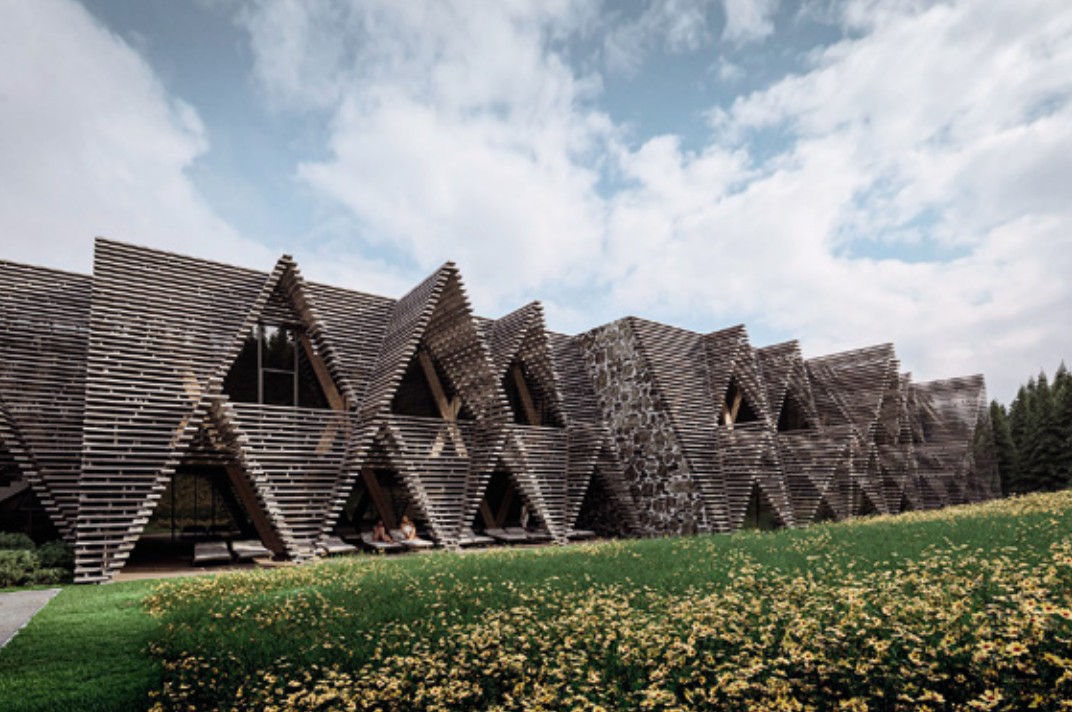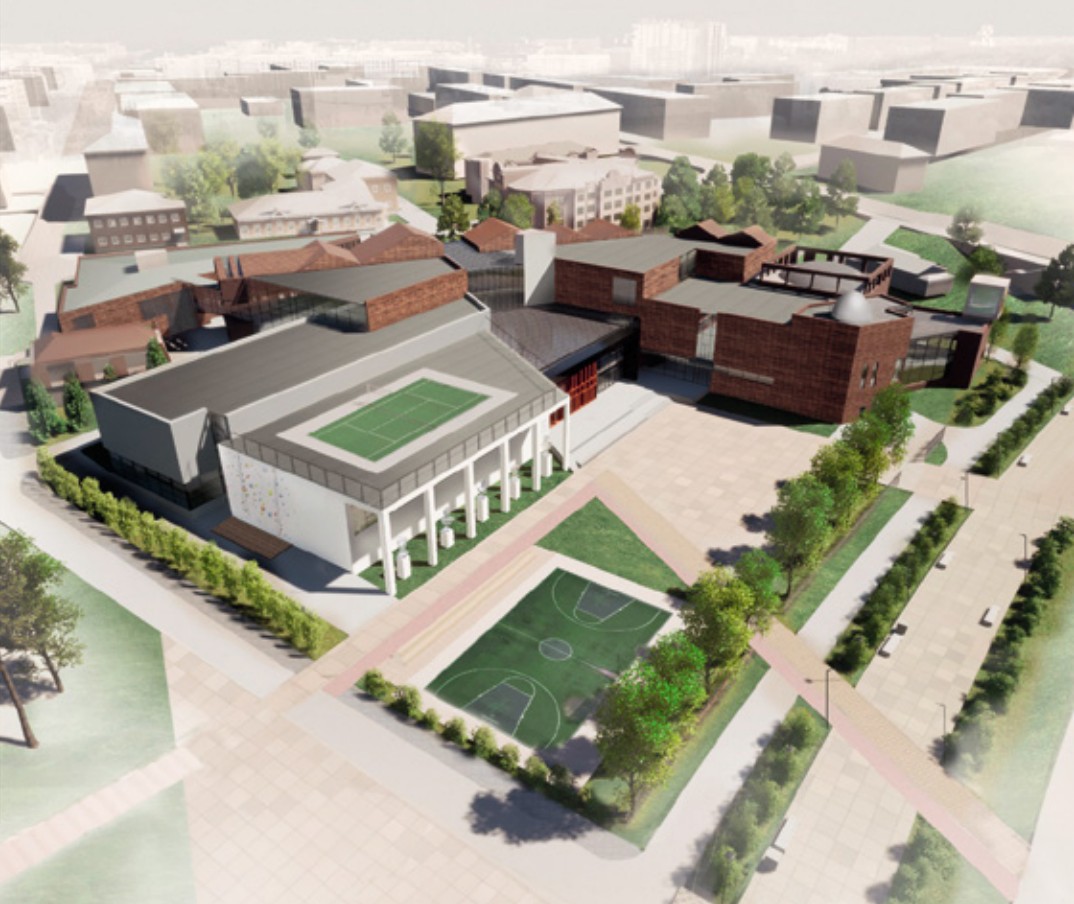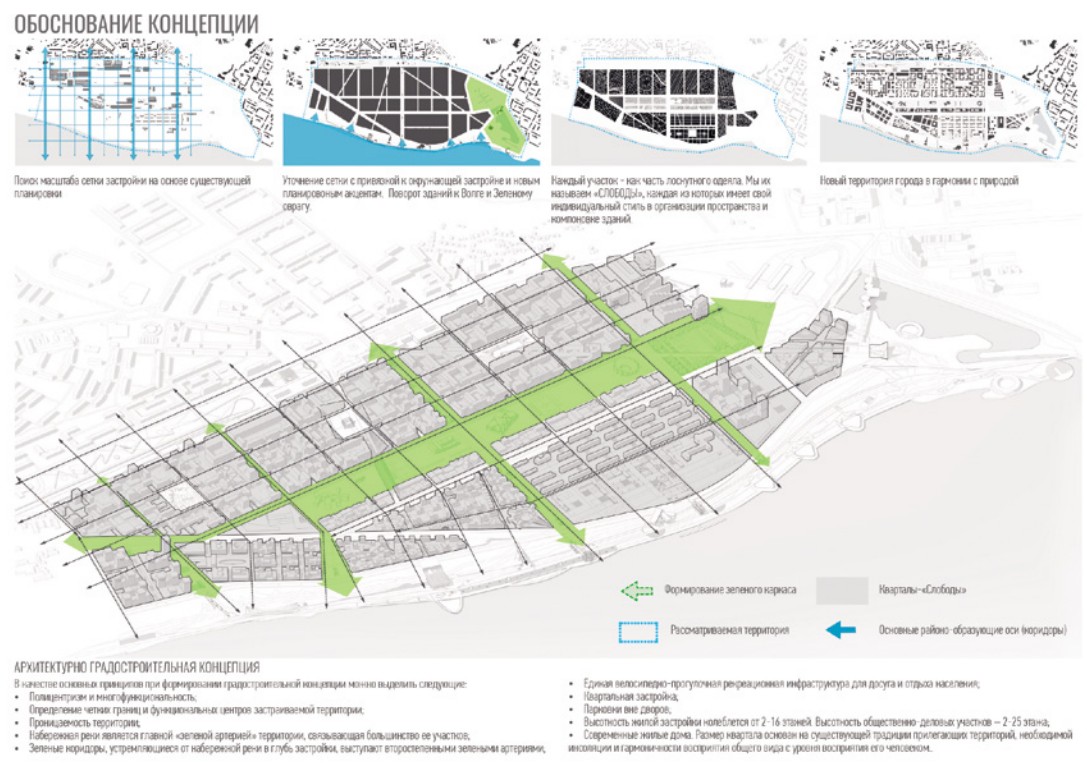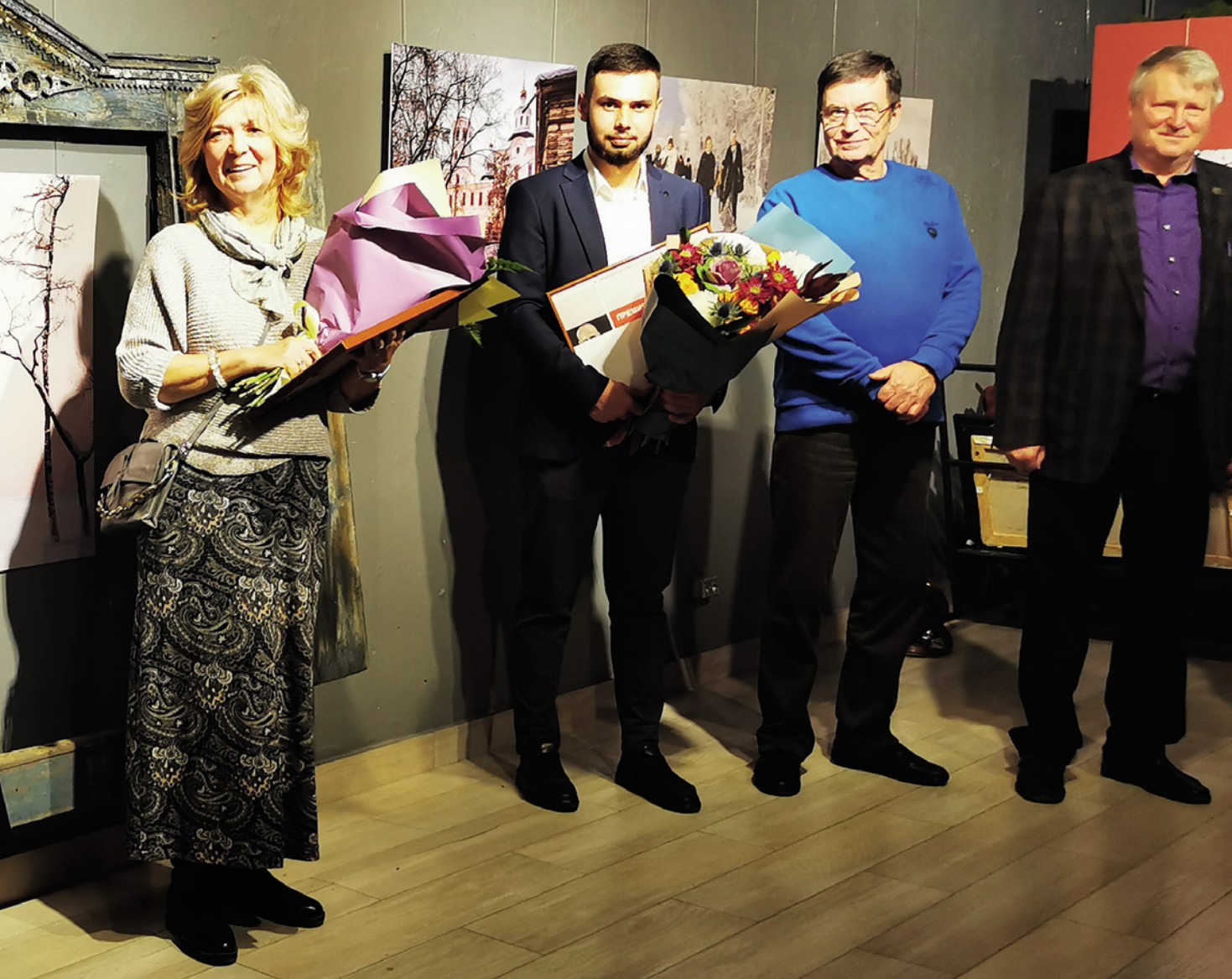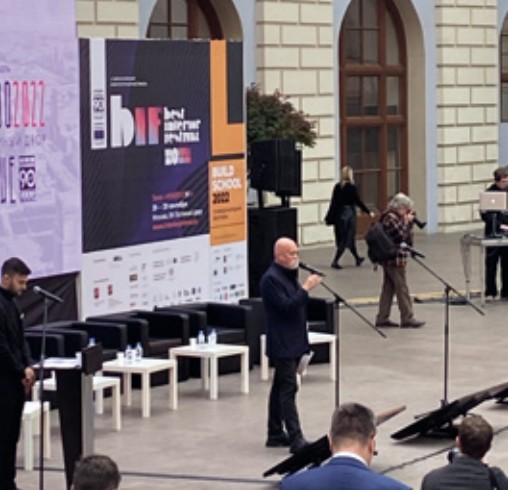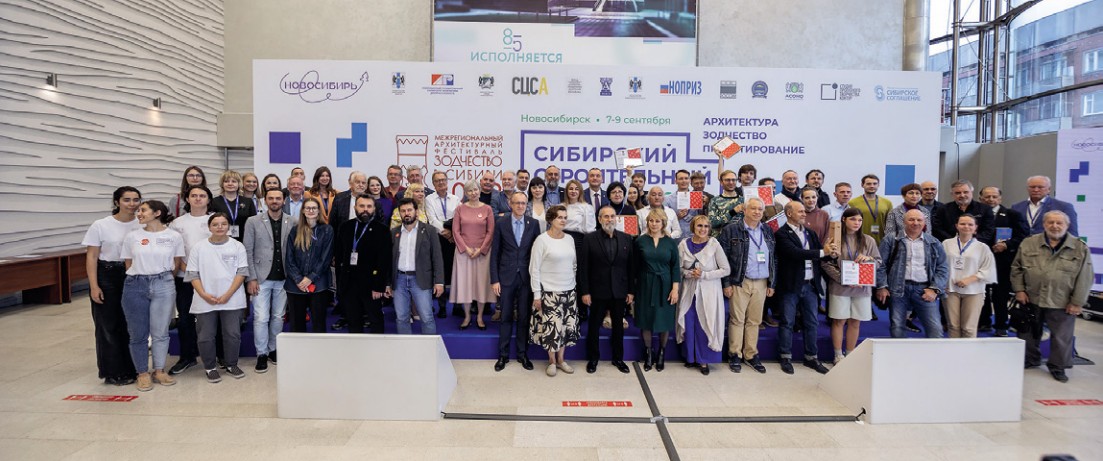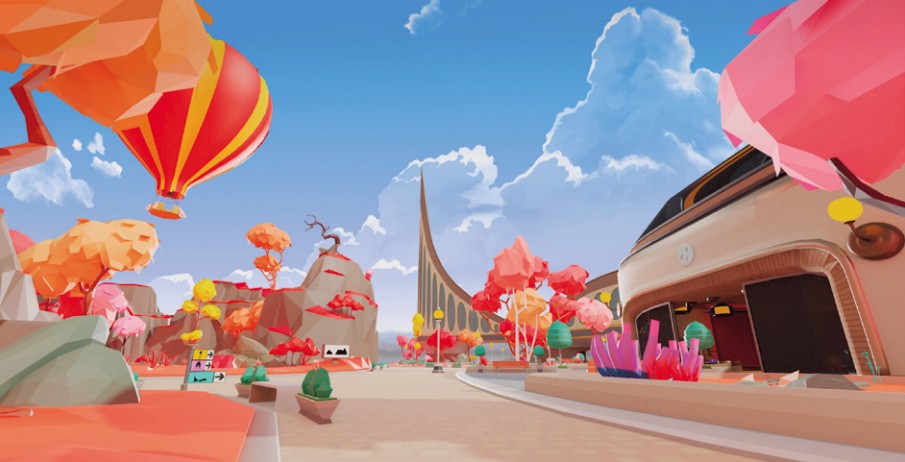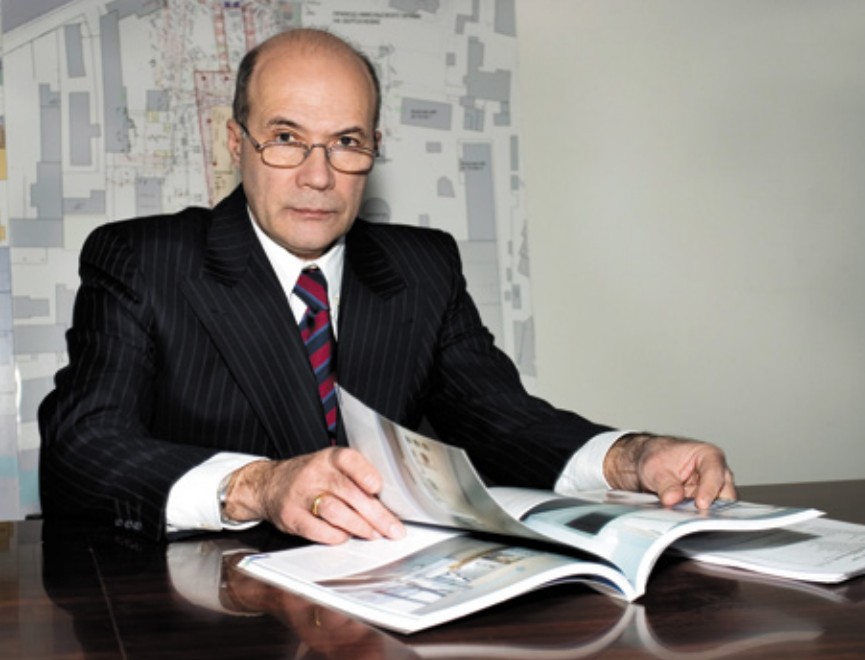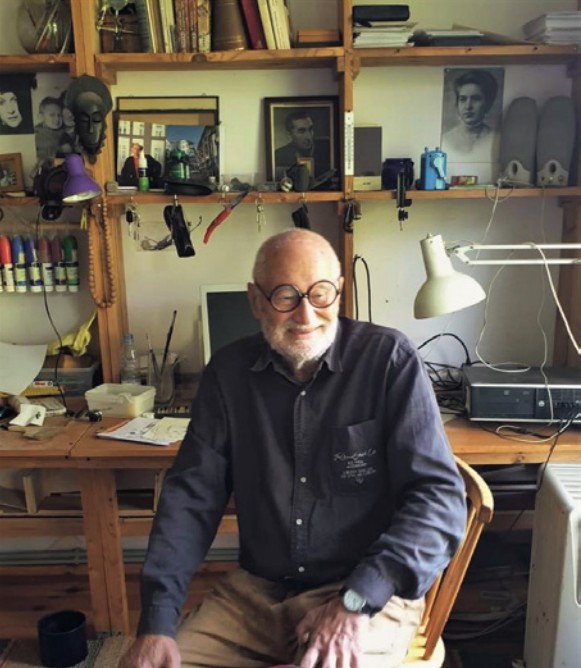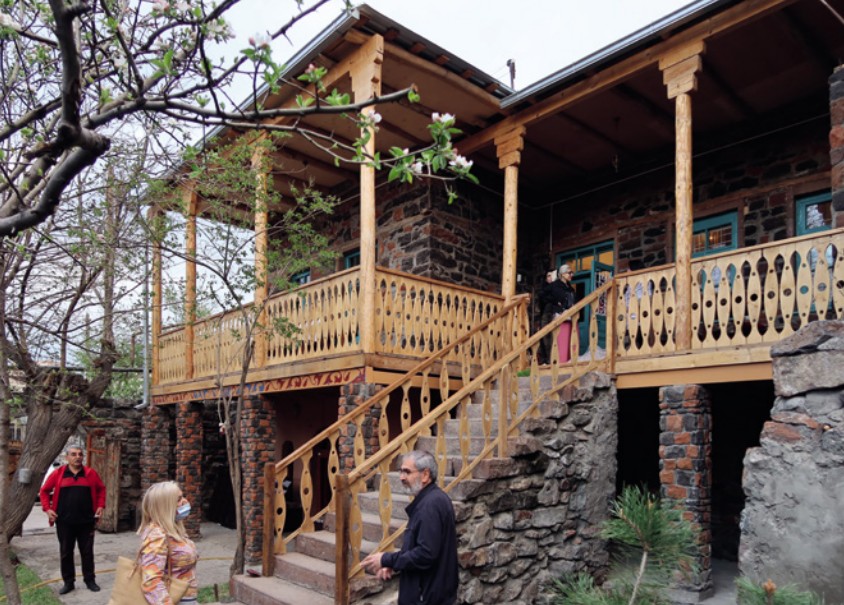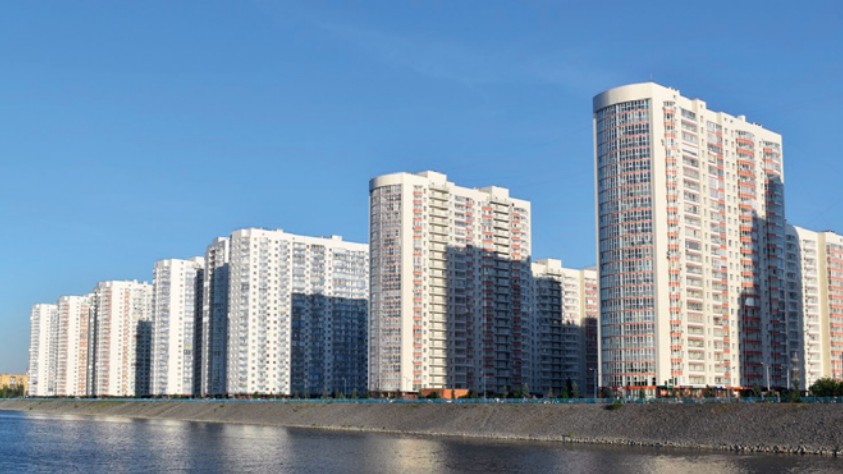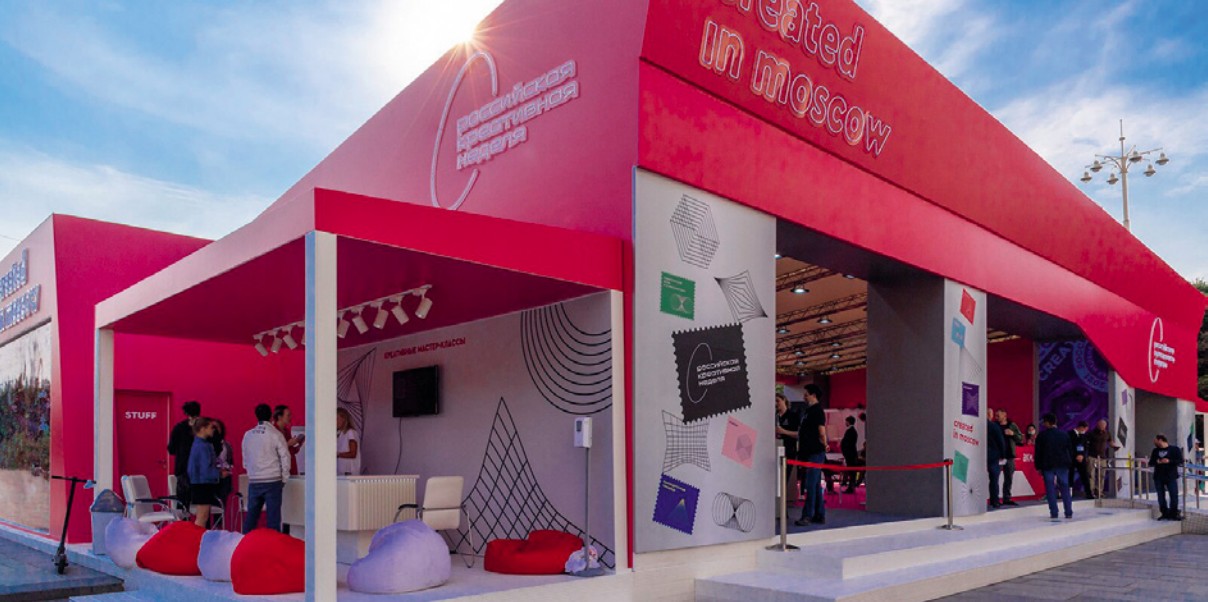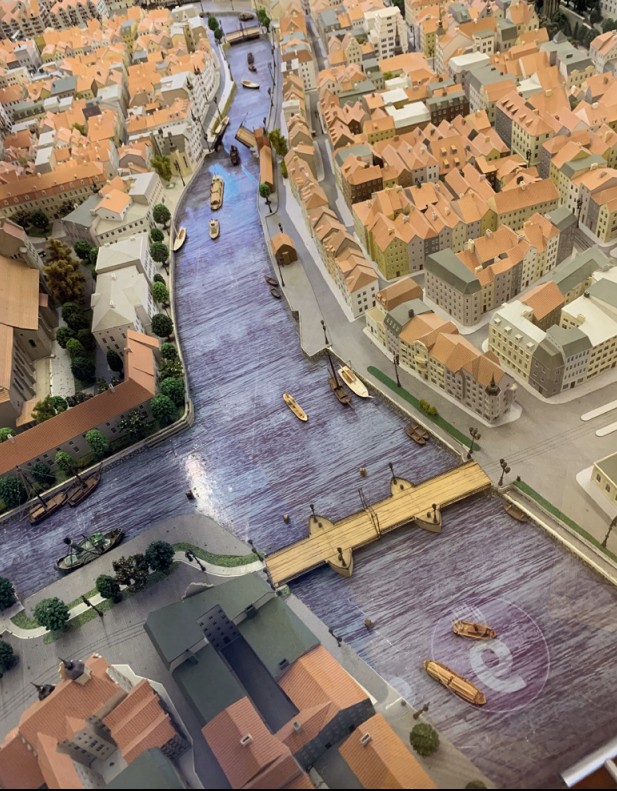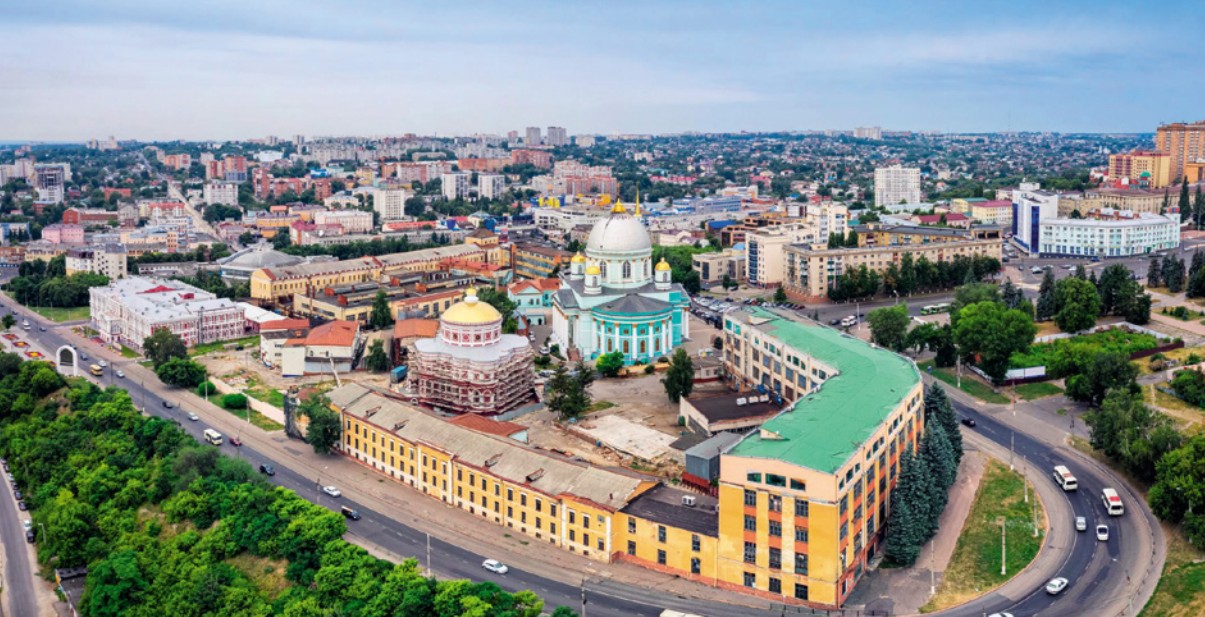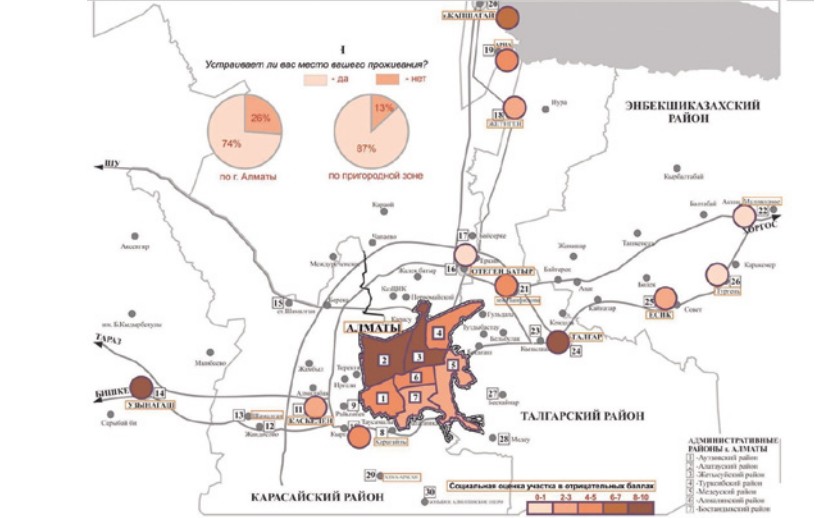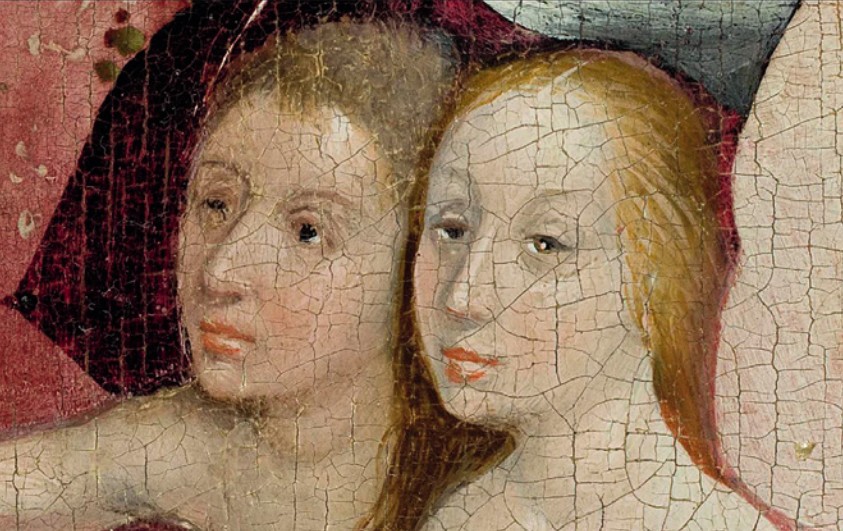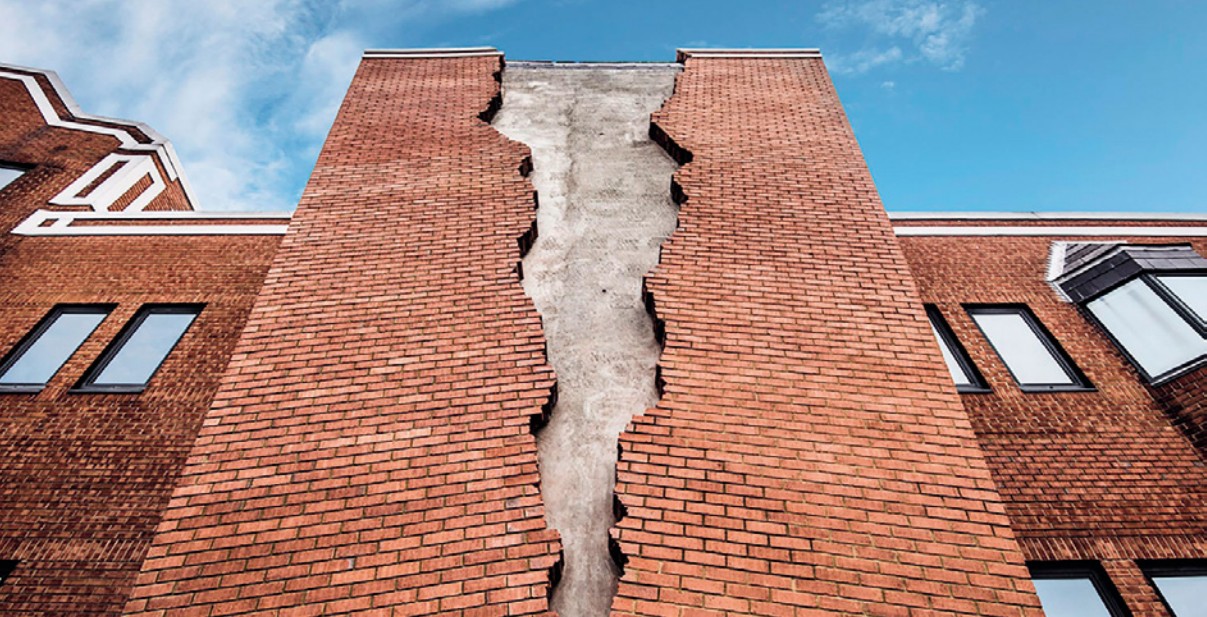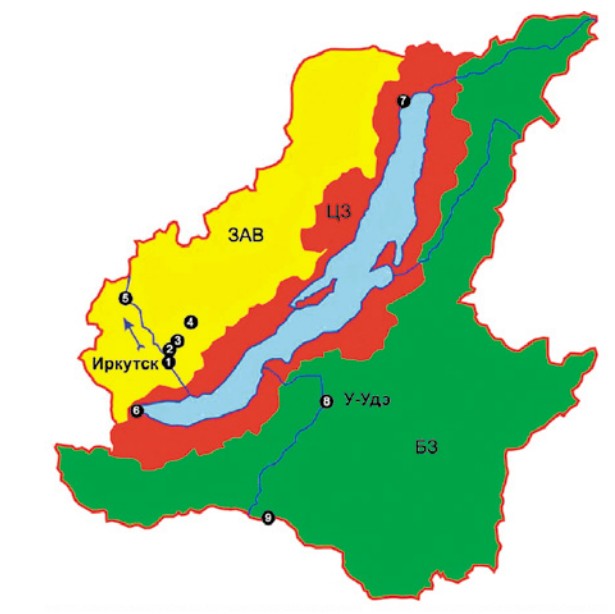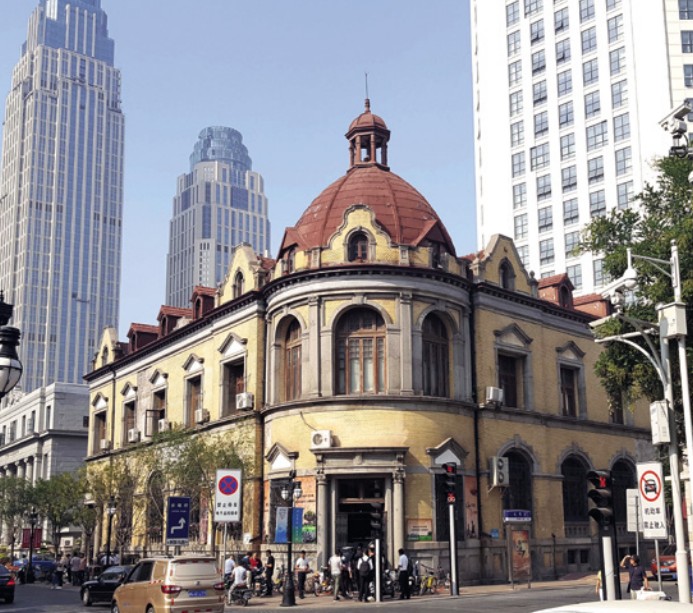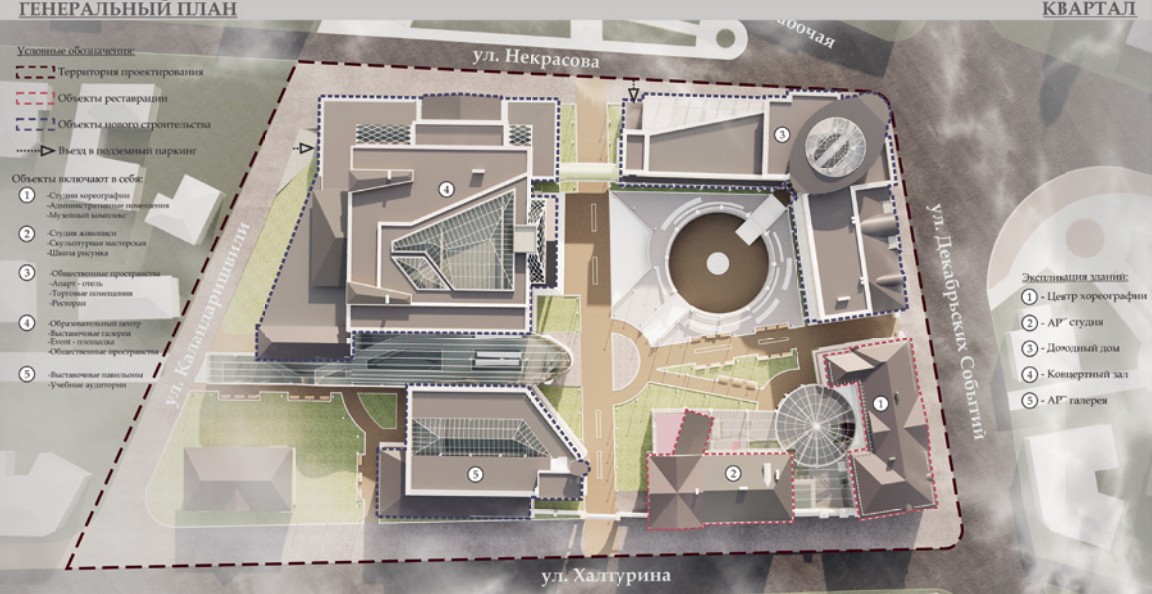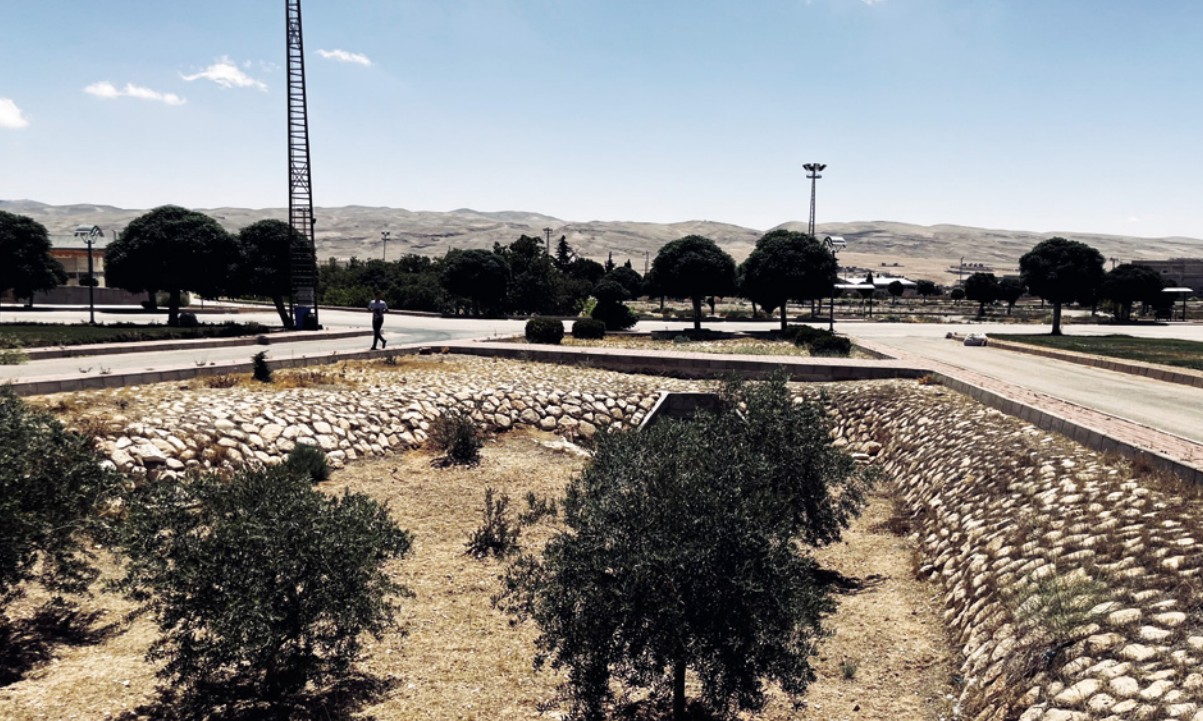editorial
-
“I’ll start drinking again... or no, I’ll wait!” said Grishka to himself, hesitating between the two alternatives, “I’d better go to Moscow!”
М. Е. Saltykov-Shchedrin. Little Things in Life, 1887.
The expression “burden of choice” is well understood by anyone who has ever made a design decision or any other important decision. To make a choice means to reject all variants, all alternatives, except for one. At the same time you are not always sure that you have chosen the best one.
Nevertheless, alternatives are necessary, without choices there is no movement and no development....
community
-
The news announces the opening of the UIA Award for Innovation in Architectural Education and the first International Innovative Health Design Awards. It also presents the winners of the Architecture MasterPrize.
-
The text describes the open competition for architectural designs for a 600-seat school held in Ryazan. The finalists and winners of the competition are announced.
-
The article gives the information about the competition within the framework of the International Festival EcoBereg 2022. The main features of the winning project of the all-Russian open competition for the architectural and urban development concept for the former tractor plant in Volgograd are characterized, i.e. its boundaries, goals, formation of the basis for the urban grid of the area using the ecological framework and including the Volga as the main idea; history of the place; the basic features and strategy. The names of the winners of the competition are announced.
-
The prize was established in honour of Mark Grigorievich Meerovich (1956-2018), a famous Soviet and Russian architectural expert and architect, Doctor of Historical Sciences and Doctor of Architecture, Professor, Honoured Architect of Russia, an Irkutsk native who loved and defended his home town. The article describes the history and scope of the award and lists the merits of the nominees: Е. Ladeishchikova (Master nomination) and P. Pulyaevsky (Student nomination).
-
The news reviews the most important events for the Union of Architects of Russia and the Irkutsk Regional Branch in 2022. Among them are the opening of a memorial plaque to V.A. Pavlov, anniversaries and international, all-Russian and interregional festivals. The names of the winners are announced.
-
The Festival “Zodchestvo of Eastern Siberia” was founded at the turn of the millennium. The first Festival was held in 2001 at Irkutsk Sibexpocenter and caused a massive outcry among the architectural community in Siberia and throughout the country. Later the Festival “Zodchestvo of Eastern Siberia” became one of the most important annual architectural events in Russia. The first participants of the Festival were the architects from Eastern Siberia (such cities as Irkutsk, Angarsk, Bratsk, Chita and Krasnoyarsk,
republics of Buryatia, Tyva, Khakassia, as well as Ust-Ordynsky and...
refereed articles
-
The history of European architecture contains many examples of the search for a non-alternative, the only correct approach. For several centuries, the Greco-Roman ancient classics served as such an ideal model. The pictorial fantasies of the architect (in the “architecture parlante” of the eighteenth century), rationality of functionalism, the ironic mixing of styles in postmodernism, the biomorphic curved surfaces of parametricism, and so on, also claimed the role of the ideal. But all attempts to get rid of alternatives and find the only way were unsuccessful. Uncertainty and...
-
The article considers two branches of the architectural visionary community and describes their characteristics and their evolution.
It also studies the contemporary state of theoretical consciousness of post-Soviet society, its peculiarities and its interaction with the
social foundation and urban policy. The cultural cycle of the mid-to-late “noughties” is marked by the federal executive authorities’
refusal to manage spatial development, lack of scientific and critical reflection, and more and more notable borrowing of western technologies and style. The author emphasizes... -
We find ourselves in a world of agreements and opportunism, where there are differences but no oppositions. Everyone has the right to individuality and originality, but these individual differences do not form any common structure of relations. Historically, the
mechanics and system of individuation, which opposes the idea of community, is clearly visible in these problematics. Individuation in architecture, and not only, takes place at different levels of the socio-cultural hierarchy. -
The author reviews international examples of the existence of architectural monuments and fragments of the historic environment in modern cities and highlights successful solutions. The article outlines the reasons for the failure of interaction between historic and new architecture. The author emphasizes the importance of the artistic form in architecture as a principle of organic unification of the old and modern architecture.
-
The article analyzes the difficulties and compromise solutions that the Chinese architectural profession finds to meet the current trends in the context of changing civilization. Even after decades of changes and innovations, the Chinese architectural profession still has not been able to create distinctive characteristics of Chinese architecture to follow the aesthetics of modern Chinese people. The design of the Guanghua commercial complex in Chengdu presented in this article uses elements of traditional Chinese culture, gardens and calligraphy to create an “artistic concept” in...
-
The article reveals the author’s understanding of the vernacular (“architecture without architects” typical for a certain area and local culture) as a manifestation of the cultural mechanism alternative to the imperial-colonial mechanisms of urban development. It is proposed to call this mechanism “Culture 3”. The examples of post-Soviet Armenia show the fundamental differences between the
vernacular and “non-vernacular” (classicist, modernist, postmodernist buildings). The article sets a task to reinterpret architectural history in view of decolonial optics. -
The article studies the content of the criteria of the versions of the “socialist” and “social” city. Drawing on the examples of micro-districts implemented at the beginning of the XXI century, the article analyses a modern alternative to mass housing construction, which is gaining strength as a result of the implementation of national programs and changes in the Land an Urban Planning Codes. For the factual description of the state of the environment in the contemporary districts of Krasnoyarsk, the authors use graphic-analytical and urban morphological research methods. Fundamental...
-
The era of left-brain dominance is beginning to give way to a new world in which right-brain ideals prevail and creativity is valued.
Being a kind of opposition to the information age, they become a response to the challenges of the right-brain thinking age and drivers of development, presenting right-brain skills as most relevant to life and business. Creative industries/economies/professions are increasingly in demand as an alternative to the “classical” industry, as creativity provides a competitive advantage by adding value to a service or product. -
After the Great Patriotic War, the Russian settlers were going to build their own world on the ruins of Königsberg and other cities in East Prussia, from where the Germans were deported in 1947. Architects designed neoclassical ensembles, but those plans were not realised. The Soviet towns of East Prussia were built up in the 60s and 70s with five-storey panel blocks and faceless modernist public buildings. The Kaliningrad region did not receive the Soviet identity associated with constructivism and neoclassicism, nor did it ever have a Russian identity. Today people discuss a diffusion...
-
The current linear model of global development is irrational: it is accompanied by clusters of global cyclic crises (economic, environmental, military, political). The western urban planning school cannot offer a way out of the unprecedented crisis of the
industrial civilization because it is built on a linear subject-centered picture of the world, which object of study consists in attributive
characteristics (properties) of individual items. Postindustrial development of our country requires a new paradigm of urban development – cybernotopics, which is built upon a nonlinear... -
The article deals with the theory, the main characteristics of the architectural space and the antagonism of the concepts of “place” and “non-place” on the example of Kursk architecture. The subject of the study is the contradictions in the development of modern
cities that, on the one hand, erase their individual features and, on the other hand, demonstrate a significant tendency to appeal to the historical memory of the place. The article actualizes the problem of revealing cultural identity of the place focused on the formation of a sense of belonging to the past, preservation and... -
The article deals with the main factors and peculiarities of the transformation of public spaces in large cities of Kazakhstan in the Soviet and post-Soviet periods. It gives a retrospective review of significant historical, existing and emerging public spaces of Almaty. The study is conducted from the standpoint of socio-economic, natural, environmental and urban development factors of a large city. The positive trends in the transformation of the modern urban environment are highlighted, and the difficulties and disadvantages arising in this process are pointed out. As a result of the...
editorial
-
Sometimes there are real cracks (and even gaps) between alternatives, and sometimes these borders look like seams joining the opposites. One of the peculiarities of architectural thinking is that it is like mosaic or patchwork. Scars and seams are inherent in architecture. Sometimes they are tried to be hidden, while sometimes to be aestheticized. How inclusive is the ‘patchwork’ of architectural thinking, or is it an exclusive stigma, a scar on the ‘profession’s skin’?
Philosophical reflections on the semantic and philosophical-symbolic interpretation of the image of crack, rupture...
refereed articles
-
This article presents the experience of semantic and philosophicalsymbolic interpretation of the image of a crack, break or rupture in a broad context of cultural evolution, and, above all, in its contemporary conceptual and cultural-methodological meaning. The crack is viewed as an alternative to superficiality, as a concept of indepth optics, as a condition of a penetrating view on the destiny of history and cognition, art and education, architecture and urbanism.
-
Thinking in alternatives and oppositions is a classic way of organizing any meaningful thought – from Greek aporias to Peter Eisenman’s journal Oppositions. In this way, it is possible not only to keep the different in the unity of view, but also to keep hope for a synthesis (a third way) alive, a hope which is far from always illusory. The inexhaustible source as well as the basic mechanism for the production of alternatives and oppositions is interpretation, an enigmatic capacity located beyond semiology and the “transparency of the sign” envisioned by it. At different scales and on...
-
The Irkutsk region, the Republic of Buryatia and Zabaikalsky Krai are part of the Baikal macroregion. Without understanding the
settlement tasks in the area of Lake Baikal it is impossible to fully implement the complex of measures provided by the Law on the
Protection of Lake Baikal dated May 1, 1992 № 94-FZ [4] and the FTP “Protection of Lake Baikal and the socio-economic development of the Baikal natural territory for 2012-2020” [5]. Defining the basic principles of the organization of urban planning systems of the Baikal and Transbaikal region and, above all, their systemic... -
Using an extensive archival, memorial and historical material, the article describes the processes that took place in the late 18th
century in the organization of the Russian Empire through the example of the changes in the territorial organization of the Tambov
Province. The author analyzes the principles underlying these changes, as well as the boundaries of settlement territories and, in
particular, cities. Russian and Western European cities are compared and different reasons for their emergence and the political motives of their changes are emphasized.
editorial - heritage
-
There are subjects for which there should be no alternatives. It is not a question whether it is necessary to protect and study cultural and historical heritage. There should not be any alternatives.
We continue to publish materials on the heritage of different periods of history and different parts of the world. The Russian-Chinese theme is consistently studied in the works of Pacific University scholars.
Even when careless officials remove cultural monuments from the lists, the public and the professional community speak up. This time, an entire historic quarter in Irkutsk is...
refereed articles - heritage
-
The article is devoted to the development of the architecture of the buildings of the Russian-Chinese Bank in Manchuria in the late XIX – early XX centuries. It provides a brief excursion into the history of the construction of these facilities in Yingkou, Tianjin, Harbin, Dalian, Changchun, Manchuria, Qiqihar and Hailar. The author considers the features of the placement of bank buildings in the structure of urban development, as well as their architectural, planning and stylistic solutions. The article gives information about the architects and engineers involved in the construction of...
-
The main site of the project for the revitalization of the 36th quarter of the historical center of Irkutsk is the merchant estate of the
Medvednikovs. The buildings are located at the corner of Khalturin Street and Dekabrskikh Sobytiy Street. Built in the classical style in the early 19th century, the surviving houses have been excluded from the list of cultural heritage sites and are in a ruined state. The goal of the project is to restore the historical and cultural value of the site and to adapt it for a cultural center. The choice of function for the object was determined after...
refereed articles - post scriptum
-
The university campus built in the desert and semi-desert zone in countries with a hot climate is becoming important not only for the sustainable urban development of the region, but also for solving global problems associated with climate change and reducing carbon footprint. The article discusses the history of the creation of the campus of the private Kalamoon University in Syria, which shows how the university has an impact on the urban development of the city of Deir Atiyah and the surrounding areas. Against the backdrop of a difficult geopolitical situation, the Kalamoon University...

